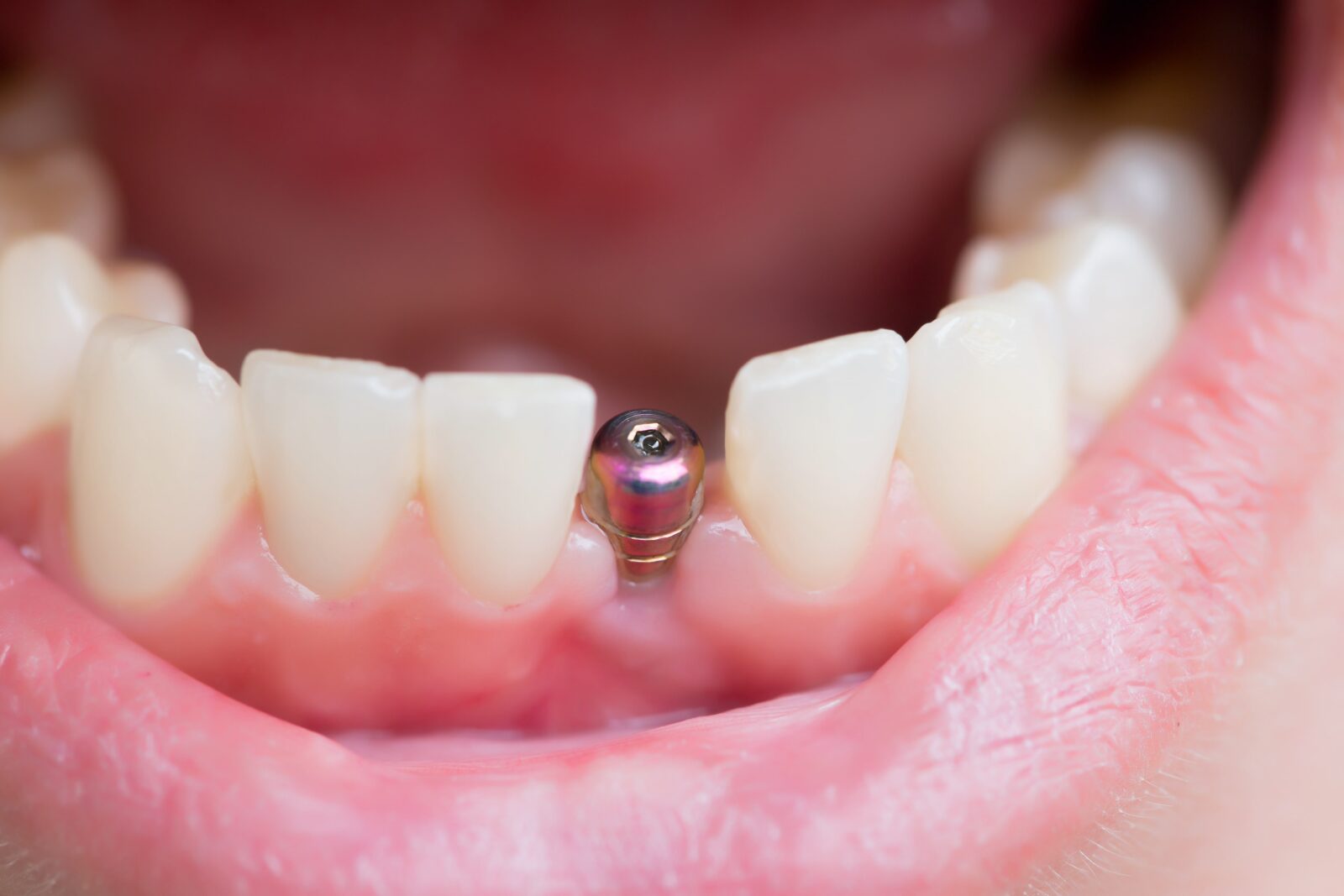If you are missing one or more teeth, you may be considering dental implants as an option for treatment. Dental implants are a popular choice among patients because they offer a number of advantages over other tooth replacement options, such as dentures or bridges. One of the biggest questions that people have about dental implants is how long the entire process will take. In this blog post, we will provide a detailed overview of the implant process and explain how long each step takes.
Consultation:

The first step in the dental implant process is to schedule a consultation with your dentist. During the consultation, your dentist will examine your mouth and take X-rays to determine if you are a good candidate for dental implants. They may also take a specialized x-ray known as a CBCT scan.
CBCT stands for cone beam computed tomography. This is a specialized x-ray that is used to create 3D images of the teeth and jawbone. CBCT scans are often used to determine if dental implants are a good option for patients, as they can help your dentist see whether or not you have enough bone density to support implants. CBCT scans also allow your dentist to see the position of the nerves in your jaw, which is important to avoid during implant surgery. The consultation appointment usually takes about an hour.
Bone Augmentation Procedures:
If you do not have enough bone density to support dental implants, you may need to undergo a bone augmentation procedure prior to implant surgery. There are several different types of bone augmentation procedures, but the most common is a bone graft. A bone graft involves taking bone from another area of your body and transplanting it to the jawbone.
Another type of bone augmentation procedure is known as sinus lift surgery. This is often necessary for patients who are missing teeth in the upper jaw, as there is often not enough bone in this area to support dental implants. Sinus lift surgery involves lifting the sinus membrane and adding bone to the area before placing the implant. This prevents the dental implant from penetrating into the sinus cavity.
The length of time needed for a bone augmentation procedure will vary depending on the type of procedure that is being performed, as well as how your body responds to treatment. On average, bone augmentation procedures usually take about three to six months to heal, but sometimes it can take as long as six to nine months.
Dental Implant Surgery:

Once the bone has healed from the bone augmentation procedure (if necessary), you will be ready for dental implant surgery. The implant surgery is usually performed under local anesthesia, which numbs the area around the implant site. Dental sedation is also used to keep you calm. Depending on the level of sedation, you may be conscious or you may be put into a light sleep.
During the surgery, your dentist will make a small incision in your gums to reach the jawbone. They will then prepare the jawbone by drilling a hole and placing the implant into the jawbone. In some cases, bone material may also be placed around the implant. Once the implant is in place, your dentist will close the incision with stitches. The entire surgery usually takes about an hour to an hour and a half, depending on how many implants are being placed.
Recovery:
After dental implant surgery, you will need to take it easy for a few days while you recover. You may experience some swelling and bruising around the implant site, as well as some pain and discomfort. Your dentist will prescribe pain medication to help you manage any discomfort.
You should also avoid chewing on that side of your mouth for a few weeks to allow the implant to heal properly. While it only takes about 1-2 weeks for the incision to heal, it takes about 3-6 months for the implant to completely fuse with the surrounding bone. During this time it is important to not exert excess stress on the implant, otherwise the implant may fail.
Permanent Restoration:
Once the implant has completely healed, you will need to return to your dentist to have a permanent restoration placed. The most common type of restoration is a dental crown. A dental crown is made to look like a natural tooth and it is attached to the implant. Other types of restorations, such as bridges and dentures, can also be used.
It generally takes two dental appointments to have a restoration placed. During the first appointment, your dentist will take an impression of your mouth to create the restoration. At the second appointment, which is usually about two weeks later, the permanent restoration will be placed.
In Conclusion
In this blog post, we have gone over the dental implant process in detail. We have explained what happens during each stage of the process, as well as how long each stage takes. We hope that this blog post has been helpful in giving you a better understanding of the dental implant process!
If you have any questions about dental implants or if you would like to schedule a consultation, please contact our office. We would be more than happy to answer any of your questions!
Thank you for reading!
